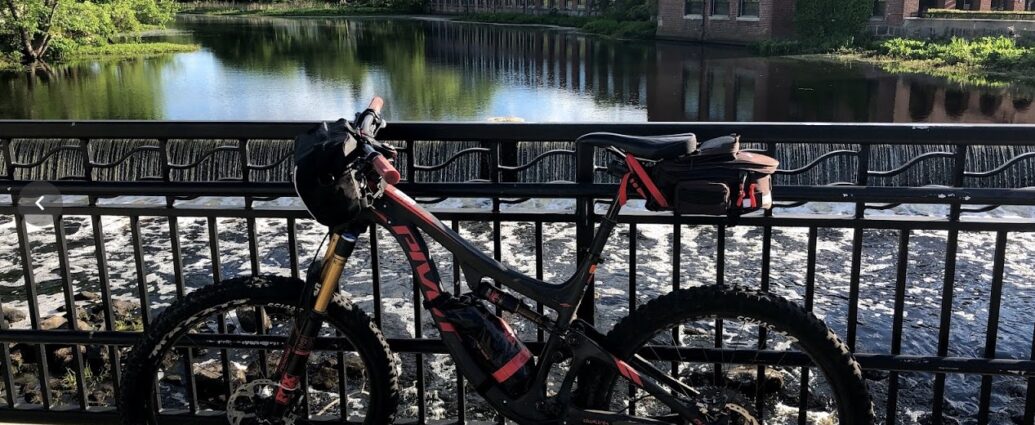For about 25 years, usually once a year, I’ve found occasion to head into the woods for at least one overnight. At first, we’d just slap on our mid-size backpack and head to a destination like Flat Mountain Pond Shelter in the White Mountains. Those early trips made me keenly aware of the trade-offs between weight, warmth, and quality. We had a 30-40 lb load on our backs and being healthy and ignorant in similar proportions made for some fine adventures.
Lately, I’ve been heading to local spots to just steal away for a quick piece of exercise and adventure. Even a “school night” is viable when the days are long and the light is good.
Rather than try to post reviews on a gear category, I’m going to try and explain why I bought each piece, and provide a little feedback on the experience thus far.
Learning from bad gear choices
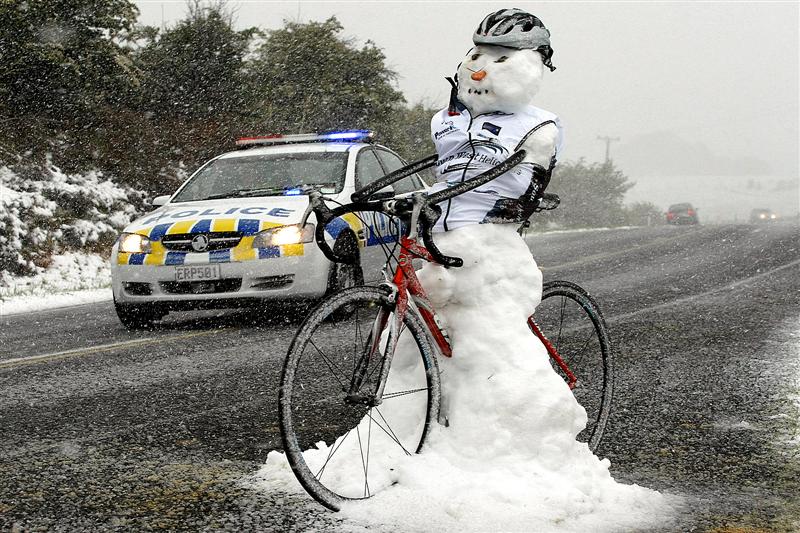
The earliest trips relied on an EMS fleece zippered blanket, where the virtue of a sub-2-pound sleeping bag was quickly displaced by the cold reality 25-degree Mid-August night. I found myself outside the tent doing jumping jacks and running in place to keep from freezing. When you’re cozy and warm selecting gear, it’s really hard to remember you might not feel that way in the middle of the wilderness at night.
During 2020 and the first Covid year – I started thinking about more solo adventures and seeing more references to the term “Bikepacking” – and at first, I couldn’t understand how this was going to be different than bike-touring, with panniers etc. The pannier approach was never going to work in serious MTB country, and the virtue of carrying everything on one’s back was questionable to start. What if you could balance your load, still ride your favorite trails up and down, and still carry an overnight load on your bike. Voila, the rationale for the bikepacking approach.
I’m a bit of a gear weenie to begin with, so I thought I would catalog my actual choices for each piece of gear, the rationale, and from time-to-time comment on them further with the thought that others who might not have the time or inclination to research might benefit from some of this info.
Gear Selection Philosophy
There are SO many choices in every category that it’s really really hard to just stick with a budget per item, or a weight per item, or a brand that you know and trust. All these are good reasons to select a piece of gear – but if you’re at all influenced by reviews, stats etc. it becomes a maze of options. There’s probably something, lighter, better, more expensive than the thing you bought – but how much is too much?
My philosophy at this stage in life (as a 58 year old trying to stay active with teens heading to college) is that I’ve got to balance the quality of the experience with a reasonable expenditure. Reasonable is different for everyone – and I’m fortunate enough to have a wife and family who appreciate these kind of goodies as well. I’m not afraid to invest in the upper half of the brand/quality/cost spectrum if the value/quality seems to be right. Sometimes, I’ll go as low as possible if I can’t find a meaningful differential.
Bikepacking Gear Actually Selected (updated for 2022):
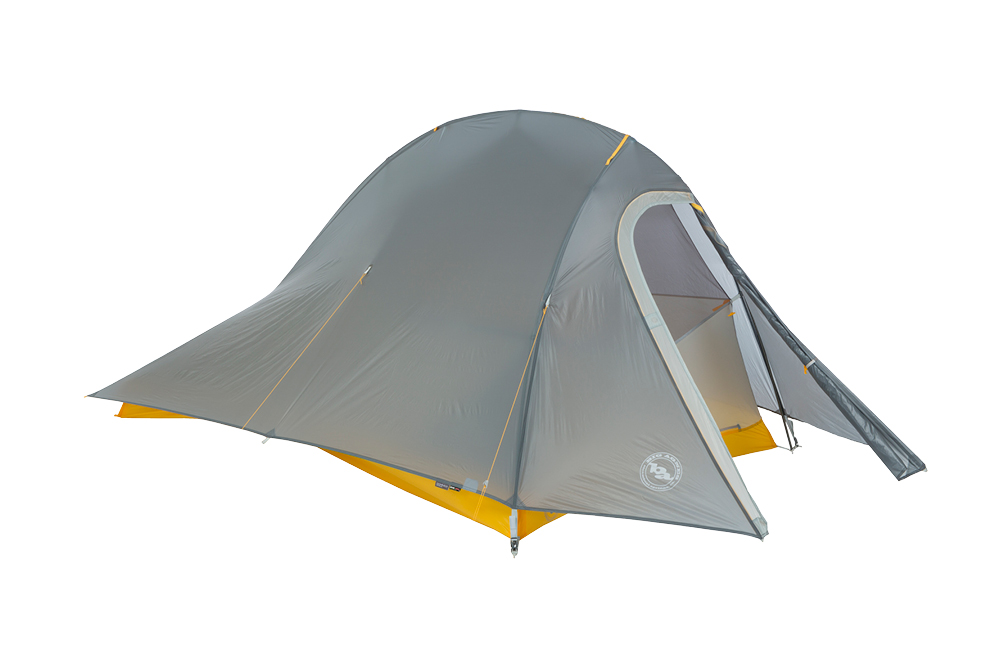
Tent: Big Agnes Fly Creek UL2
Why: Light, space, gear pockets, super stowable. Less than $400
Usage Comments: At first didn’t use ground cloth – got a hole in bottom – sealed it – now have ground cloth. Still getting my staking routine down – a little more time-consuming than other tents I’ve owned – but still a slick piece of darn-light gear. Typically stow in my rear Revelate saddle bag
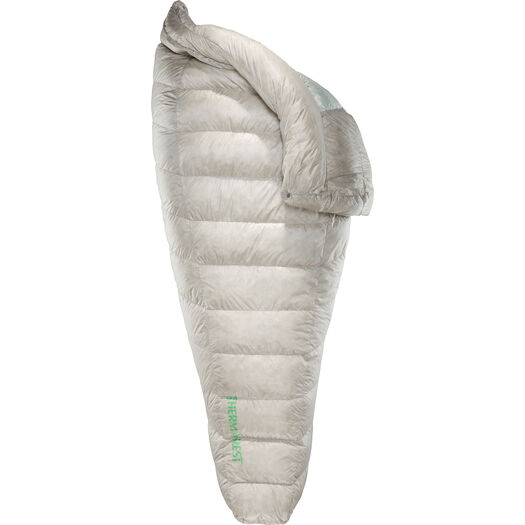
Bag: Thermarest Vesper 32
Why: So light, and bought the perfect pad (insulated Big Agnes) to make the quilt functional
Usage Comments: So far it has performed well down to 40 – just remember to bring a hat! No mummy here. Packs into the equivalent of a 1-liter bottle. Crazy compressable – and a nice hammock accessory to boot.

Pad: Big Agnes QCore SLX Regular
Why: Insulated pad – light/thick and mates well with the bag above. Chose Regular: 72 x 20 x 3.5 inches
Usage Comments: Feels quality – kinda noisy when squirming, but aren’t they all?
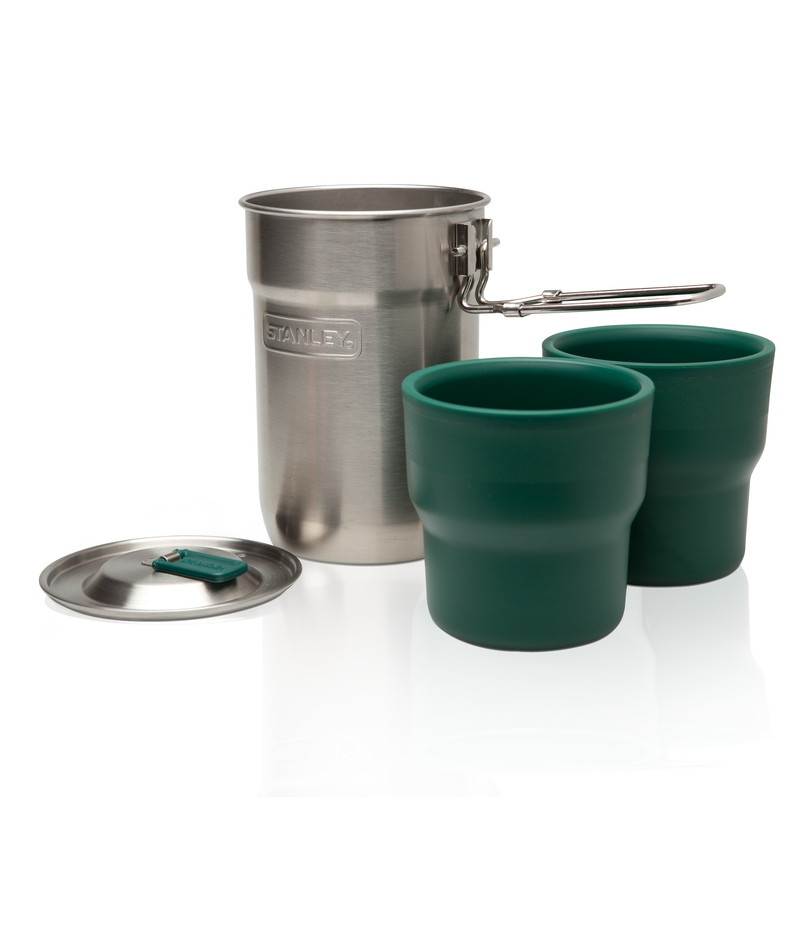
Cookware: Stanley Adventure Cookset
Why: Proof that good CAN come cheap. Surfing around the net, saw this in a few vlogs. Great find.
Usage Notes: Have used to cook more coffee, tea, oatmeal and freeze-dried meals – – the key is to dump the heavy green cups, and it can hold a can of gas, your mini stove and a nice aluminum mug inside.
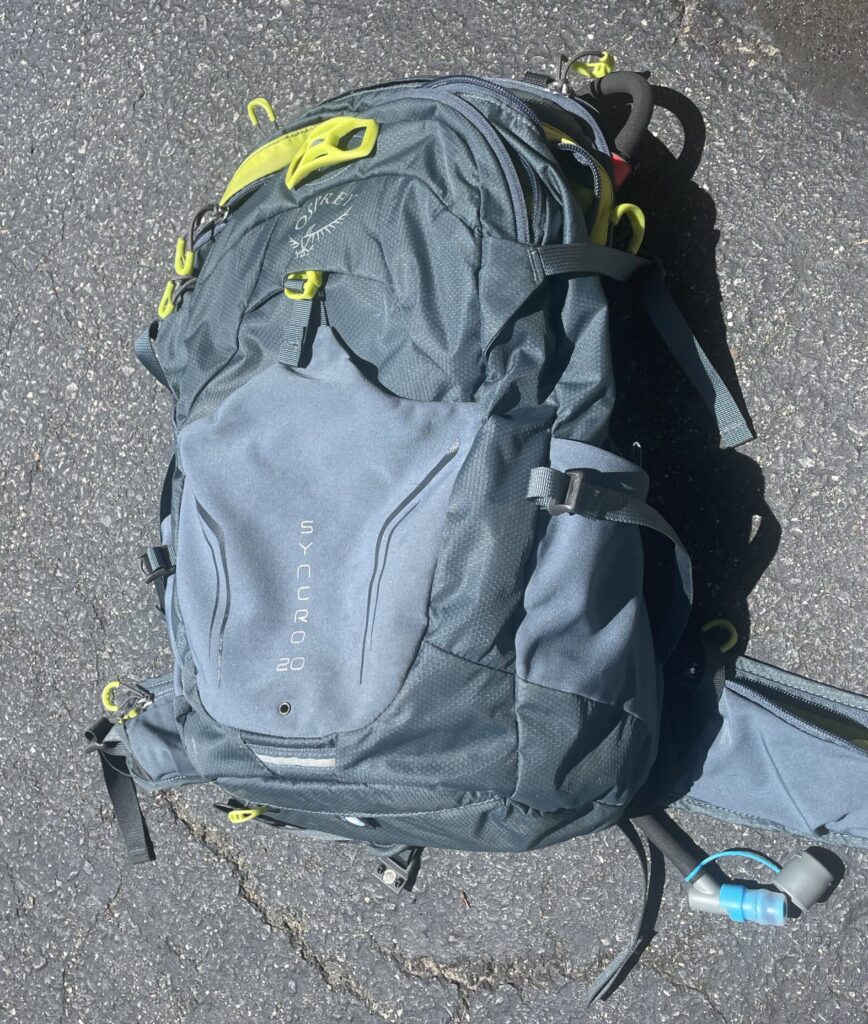
Backpack: Osprey Syncro 20
Why: Killer balance of size, weight, capacity. The extra straps and stow pocket are perfect for last-minute additions. Mesh backing has kept things cool.
Usage Notes: I keep all my camp essentials in the inner zip pocket, always ready to go. I can fit the above Thermarest quilt in the bottom third of the main compartment, leaving plenty of room for clothes, misc. This is also the family favorite on day hikes.
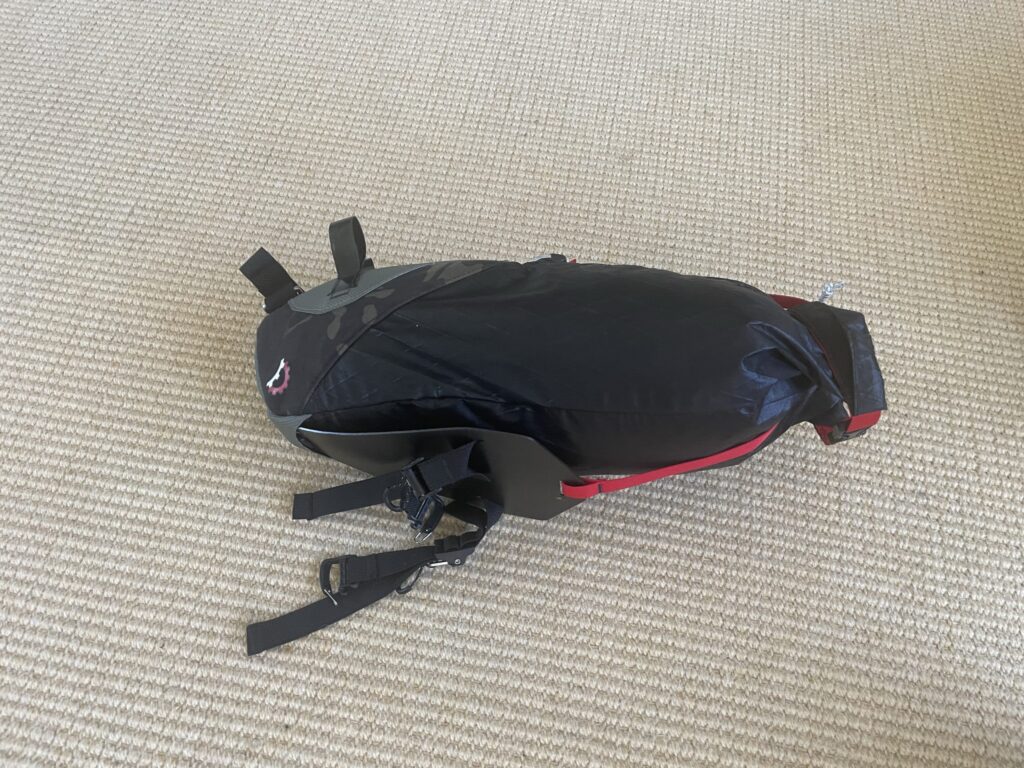
Saddlebag: Revelate Designs Vole
Why: Wanted something that could go on/off quickly and easily, not leaving hardware attached to the bike. The amazing bikepacking.com review on this 7-liter technical mountain biking saddle bag pushed it over the edge there. Note: to my alarm, this product was discontinued. I’d say the Terrapin 8L would be the closest/best.
Usage Notes: The picture shows it with my above tent and pad. I usually strap tent poles to the side of the Osprey – since the Vole isn’t quite long enough to roll up with the poles in it. Has a plastic shield to protect from back wheel in case of a big hit. Would love to know why they discontinued it.

